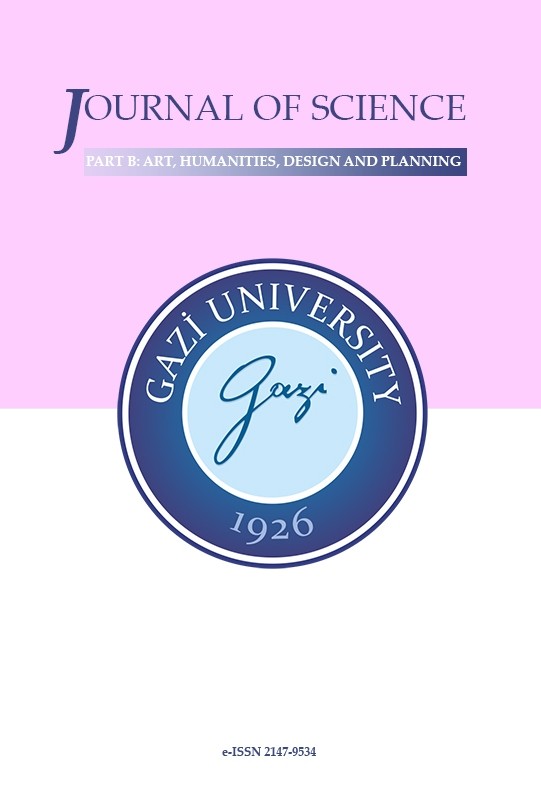NEW BUILDINGS IN TRADITIONAL FABRIC: THE ÇANAKKALE CASE
NEW BUILDINGS IN TRADITIONAL FABRIC: THE ÇANAKKALE CASE
Urban conservation areas are spaces that accommodate the traditional fabric preserved in accordance with the sustainability principle due to their structural coexistence rather than their architectural value and cultural significance. These areas, however, besides preserving the traditional fabric in terms of cultural and spatial continuity, must also contain contemporary buildings. Therefore, one of the important problems of conservation plan studies is how to shape these new buildings within the traditional fabric. In this context, the city centre of Çanakkale has been identified as the case where the problem of reconstruction on traditional fabrics will be discussed. Since its initial inception, the city of Çanakkale has hosted diverse cultures and is an important coastal settlement that shelters the traces of these cultures. The geopolitical position of the city has caused the traditional fabric of the settlement’s centre and surroundings to develop, and has also heavily been the choice region for service and commercial functions, creating extensive pressure on the area for reconstruction. This study will evaluate the compliance criteria of the pre-planning and post-planning of new buildings, buildings taken under protection and their relationship with the traditional fabric of the planned areas specified by the conservation plan approved in 1996.
Keywords:
Çanakkale, traditional fabric, new building, conservation plan,
- Yayın Aralığı: Yılda 4 Sayı
- Başlangıç: 2013
- Yayıncı: Gazi Üniversitesi
